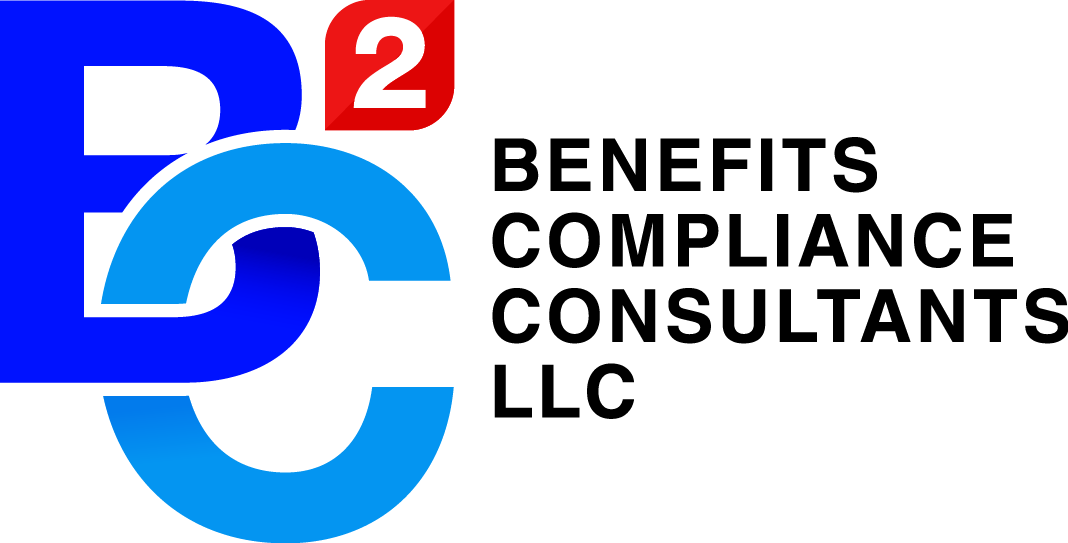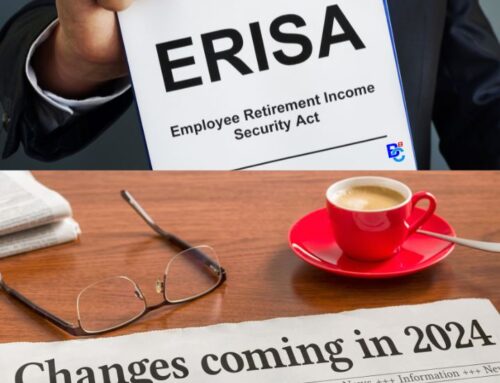Understanding Plan Documents And ERISA benefits compliance in a blog post.
What are Plan Documents?
Plan documents are crucial in describing the terms and conditions of any given plan’s model of administration and operation. They are vital requirements for each employee’s welfare plan maintained by an employer in written form and compliance with ERISA laws. Plan documents are not defined by an insurer’s Certificate of Coverage, Master Contract, or the Summary of Benefits.
Additionally, the same can be said concerning Summary Plan Descriptions (SPDs). It is possible for ERISA plans to exist even without written documents – non-compliant.
ERISA (Employee Retirement Income Security Act) is a typical United States federal law. This law was passed to protect different employee plans, including profit-sharing, pension, and retirement plans. Additionally, it safeguards welfare benefit plans such as insurance plans covering disability, health, dental, life, and other minor plans. The Department of Labor primarily enforces ERISA compliance in the U.S.
How Can One Differentiate Plan Documents and SPDs?
Maybe you’ve just been contracted by a particular company to assist in implementing healthcare & welfare plans subject to ERISA. How do you contrast plan documents and SPDs? Well, ERISA expects employee benefit plans to have both SPD and plan documents. However, as we shall discuss below, any one of the two can serve dual purposes.
- Plan Documents – in the plan document definition, those subject to ERISA compliance must be “formulated and managed per written instruments” known as plan documents. Plan documents are extensive documents that define the rights of participants and their beneficiaries. They are also utilized by the specific plan admins as a reliable guide while making decisions. They highlight available benefits, eligibility, named fiduciary, funding, amendment clauses, and the plan’s responsibility allocation.
- Summary Plan Descriptions – SPDs are other crucial documents required by ERISA for employee benefit plans. They are vital in communicating summarized plan information to the parties involved. SPDs may include eligibility requirements, benefits descriptions, and reasons for loss/denial of benefits. Other things include ERISA’s participant statement of rights and the process of claiming benefits. These documents must be written to be easily understood by all parties involved.
- Combined PD and SPD – A single document may be used to serve as a plan document and SPD. If this approach is used, it must be as per ERISA’s plan document laws and SPD’s regulations.
Why ERISA Compliance is Necessary for Health and Welfare Plans
Regardless of their size, healthcare & welfare benefit plans are strictly required to obey ERISA regulations. These regulations apply to all employer-financed group healthcare plans, including the full and self-insured plans. Additionally, private companies, proprietorships, and partnerships must comply too. Only a handful of governmental (state, federal, county, and city) plans and religious plans are exempted from ERISA regulations. Furthermore, benefits deemed as “regular payroll practices,” such as overtime pay, are also exempted.
What are the Requirements for ERISA Retirement Plans?
ERISA has laws that protect employee funds deposited in their retirement accounts during the entire working period. However, it should be understood that employers are not obliged to institute retirement plans for their workers. But those who do are subject to ERISA compliance and thus should set the required minimum retirement plan standards. A retirement plan is termed ERISA compliant if:
- There is easy access to written information by parties involved concerning their Qualified Retirement Plan finances dished out via hard copies or periodically through their mail.
- Employers can easily explain the process required by participants to claim their benefits without any difficulty.
- Highly diversified plans that help minimize risks of financial loss during investment.
- The parties involved have a proper understanding of their respective retirement plans. Additionally, employees are required to be furnished with periodic financial statements concerning their retirement accounts.
What Happens if You Fail to Comply?
Employers may find themselves in hot soup for failing to comply with ERISA laws and may be slapped with fines as high as $1,100 daily per each late Form5500. Additionally, late submission of SMM, SPD, OR SAR to involved parties may attract up to $110 in daily fines. These stiff penalties are applied to each plan and are cumulative. Failure to comply with these laws can amount to employee complaints that may cost more time and money on the employer’s part.
Understanding ERISA compliance is crucial for employers and all parties involved. Companies or organizations must hire experts well-versed in ERISA compliance to handle related matters. We hope this post helps you better understand document definitions and ERISA compliance.
Benefits Compliance Consultants can help you.






